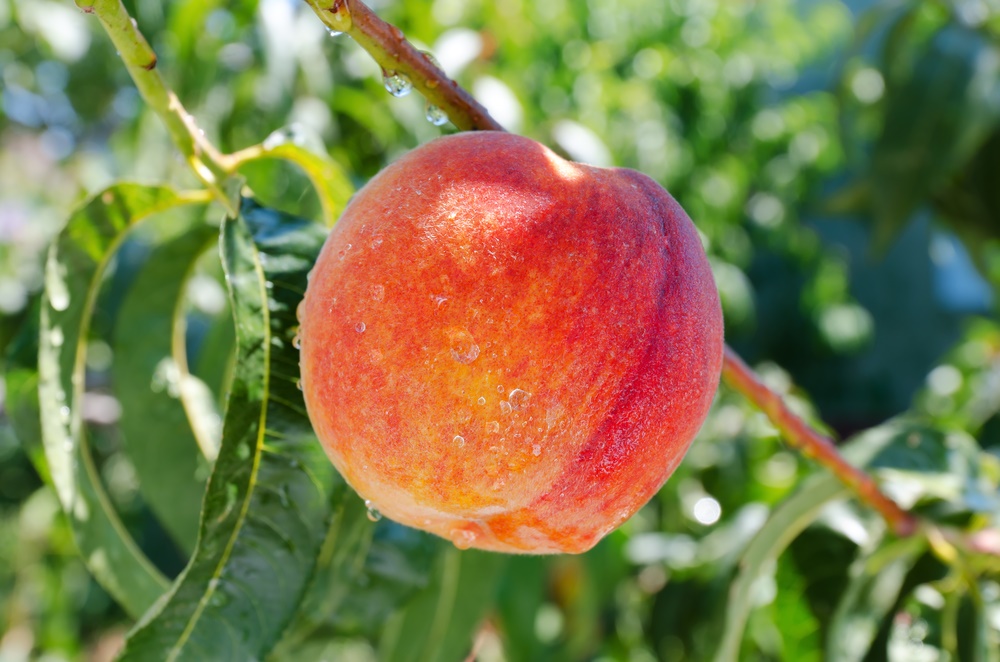Canadian Harmony
Large, round, yellow fruit covered with a red blush on the outside; firm, yellow, freestone flesh on the inside. Flesh is slow to brown, so it’s good for salads. Also freezes well. The tree is vigorous, upright growing and hardy. Fruit ripens shortly after Redhaven in mid-to-late August.
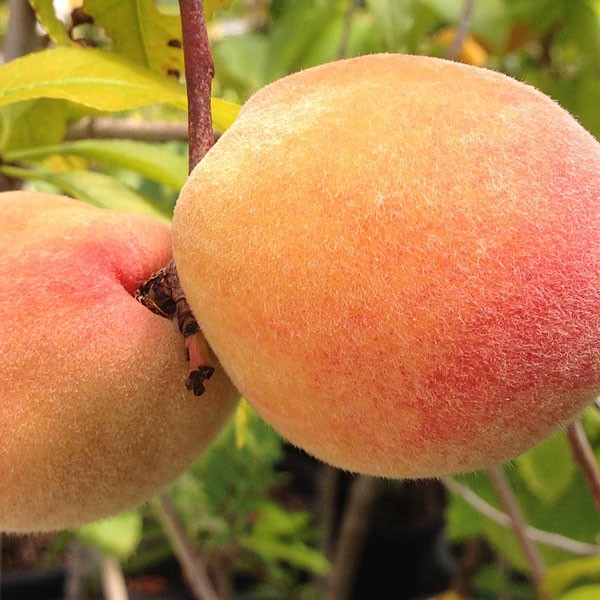
Contender
This exceptionally hardy variety, perfect for northern gardens, consistently yields large crops of sweet, juicy, medium-to-large fruit. Disease-resistant to bacterial spot. Cold-hardy. Freestone. Ripens in mid to late August. Self-pollinating.

Early Red Haven
This yellow-fleshed peach that ripens early- to mid-season can achieve very good flavors. A semi-freestone peach – the flesh comes away cleanly from the stone. Tree is heavy-bearing and easy to grow and maintain. Blooms late to avoid spring frosts. Branches have a spreading nature. Originates from South Haven, Michigan. Disease-resistant to leaf spot and has some resistance to peach-leaf curl. Mid August.
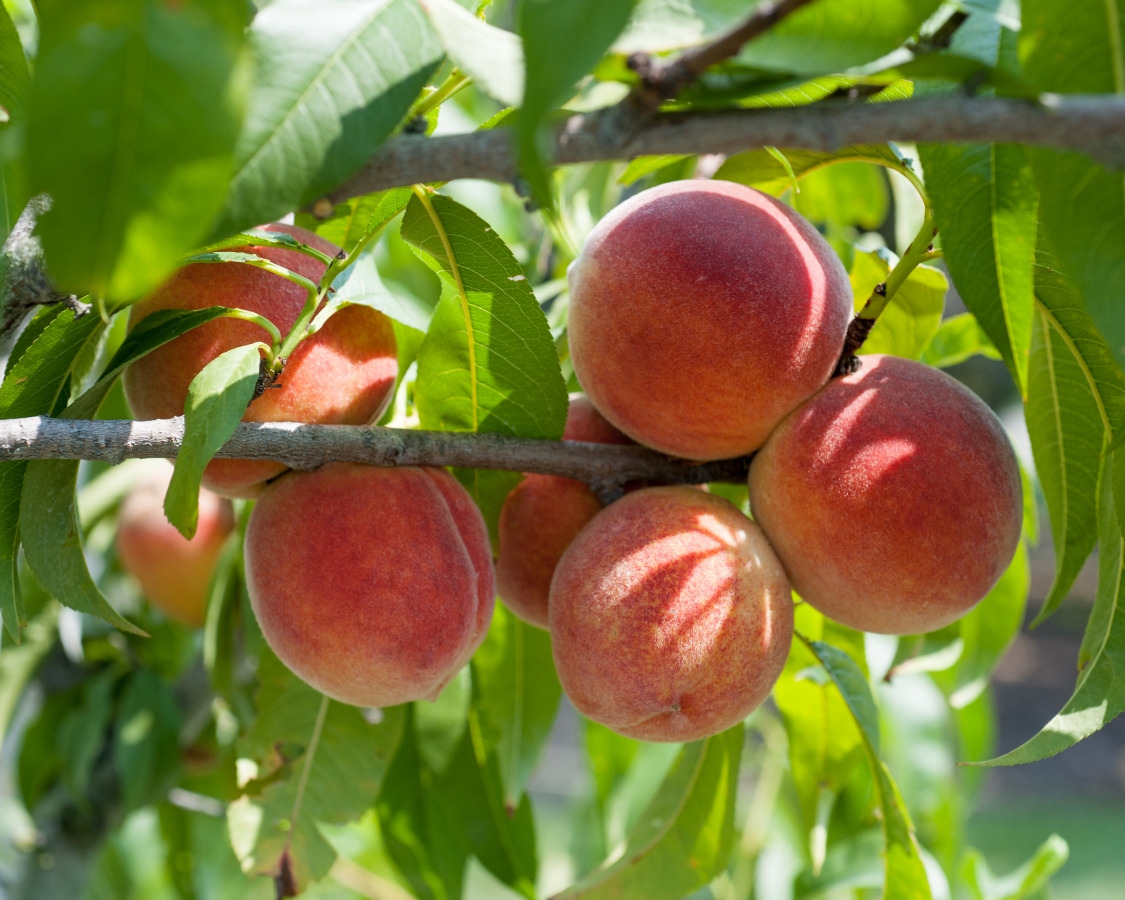
Red Haven
A blue-ribbon, all-purpose peach. Luscious, top-quality fruit is great as a fresh snack or for canning and freezing. Enjoy bushels of large peaches with almost fuzzless skin over firm, creamy textured yellow flesh. Tree is heavy-bearing and easy to grow and maintain. Blooms late to avoid spring frosts. Branches have a spreading nature. Disease-resistant to leaf spot. Freestone. Originates from South Haven, Michigan in 1930, introduced in 1940. Ripens in late July. Self-pollinating.

Catherina
This peach is a glowing exception to “redder is better” and shines on taste: juicy, sub-acid, and sweet. The tree is moderately vigorous with a spreading branch structure; easy to harvest. Bears consistent crops of round, firm, medium-to-large fruit with an orange-yellow flesh. Enjoy fresh or use for processing. Introduced in New Brunswick, New Jersey circa 1961. Clingstone. Ripens in mid-August.

Cresthaven
Crest Haven Firm flesh and almost fuzzless. A beautiful golden-yellow, all-purpose peach great for fresh eating, cooking, canning, freezing. The tree is hardy and blooms late to avoid spring frost. Developed in South Haven, Michigan, released in 1963. Freestone. Ripens in August.
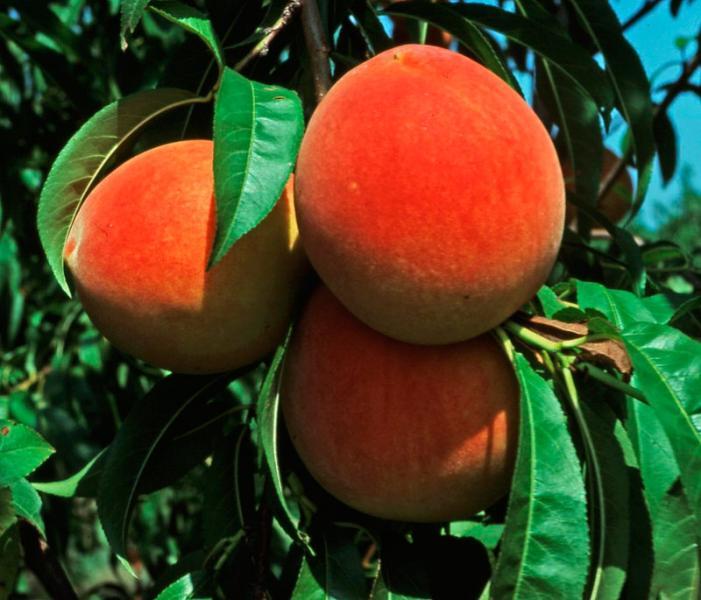
Glo Haven
Large fruit has a flavorful yellow flesh and is excellent for canning because of its fuzzless and non-browning nature. Fruit hangs well on the tree and is resistant to bacterial spot. Grows well in the western and Midwestern states. Freestone. RIpens in mid-August.
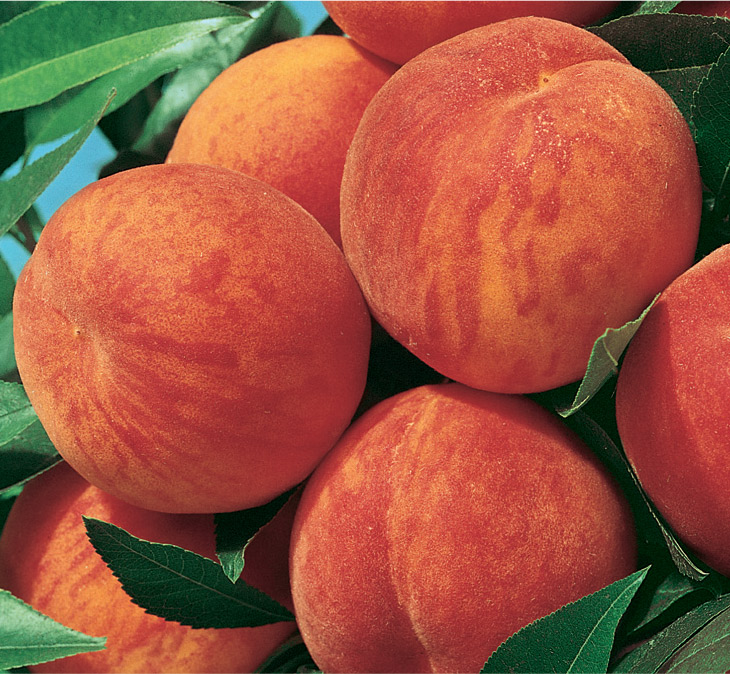
Harrow Diamond
This fruit has an attractive, 70% scarlet skin over a yellow background with a firm, deep yellow flesh and excellent flavor. High resistance to bacterial spot and brown rot, and has few split pits. A very nice fresh-eating freestone variety that is also good for canning and preserves. Developed in Ontario, Canada and is quite hardy, which means heavy bud-set — subsequent thinning is required for best results. Ripens in early July.
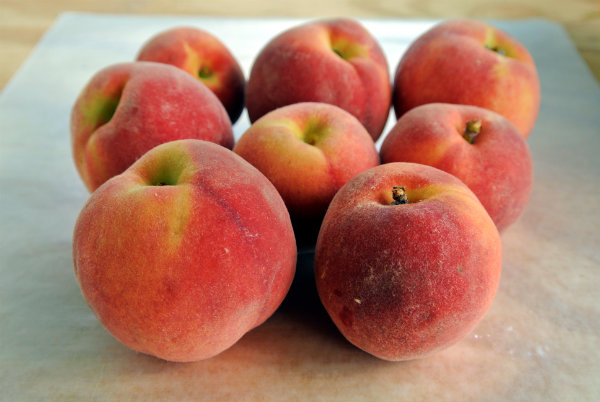
Madison
A hardy, vigorous, frost resistant variety. Fruit is freestone, medium size with bright red skin and deep yellow firm flesh. The flavor is mild and rich. Excellent for fresh use, freezing and canning. Self-fruitful. Ripens late August.

Loring
This self-pollinating peach tree produces beautiful pink blooms in spring and medium-to-large peaches in mid-August in Zone 5. The fruit is excellent for processing, fresh eating, canning and preserves. They’re freestone, too. The tree blooms early to avoid late frost damage.
